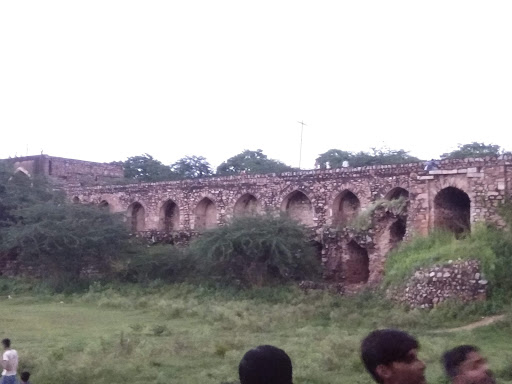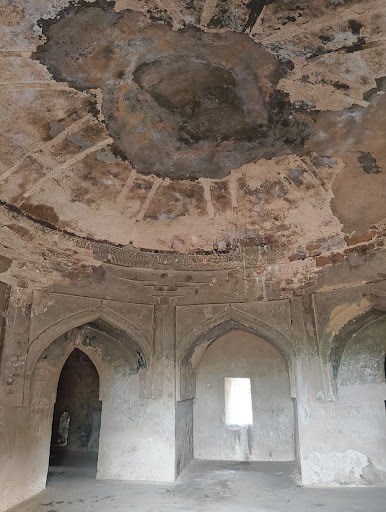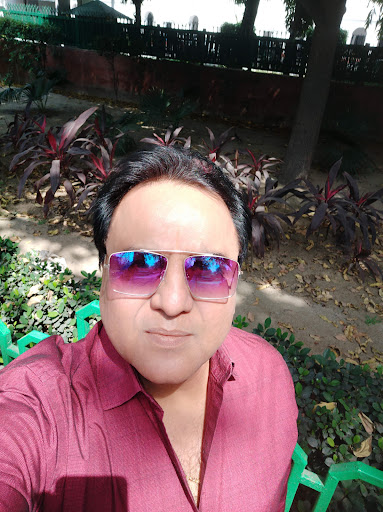Satpula, Delhi things to do, attractions, restaurants, events info and trip planning
Basic Info
Satpula, Delhi
G6JF+MCP, Press Enclave Marg, Khidki Village, Malviya Nagar, New Delhi, Delhi 110017, India
4.2(459)
Closed
Save
spot
spot
Ratings & Description
Info
Satpula is a remarkable ancient water harvesting dam or weir located about 800 m east of the Khirki Masjid that is integral to the compound wall of the medieval fourth city of the Jahanpanah in Delhi, with its construction credited to the reign of Sultan Muhammad Shah Tughlaq of the Tughlaq Dynasty.
Cultural
Scenic
attractions: Khirki Masjid, Kiran Nadar Museum of Art, Shri Sai Baba Mandir, Shri Krishna Mandir, Bahlol Lodi's Tomb, restaurants: The Oriental Wok, Punjab Grill Select Citywalk Mall, Saket, Excuse Me Boss, The illusion lounge n bar, Effingut Brewpub Saket - Savor the best craft brew experience in Delhi!, Barbeque Nation- Southern Park Mall, Saket, Berco's - If You Love Chinese, Hotel Saravana Bhavan, Sushiya Malviya Nagar, Bellissimo Wellness
 Learn more insights from Wanderboat AI.
Learn more insights from Wanderboat AI.Open hoursSee all hours
Thu5 AM - 8 PMClosed
Plan your stay

Pet-friendly Hotels in Delhi
Find a cozy hotel nearby and make it a full experience.

Affordable Hotels in Delhi
Find a cozy hotel nearby and make it a full experience.

The Coolest Hotels You Haven't Heard Of (Yet)
Find a cozy hotel nearby and make it a full experience.

Trending Stays Worth the Hype in Delhi
Find a cozy hotel nearby and make it a full experience.
Reviews
Nearby attractions of Satpula, Delhi
Khirki Masjid
Kiran Nadar Museum of Art
Shri Sai Baba Mandir
Shri Krishna Mandir
Bahlol Lodi's Tomb
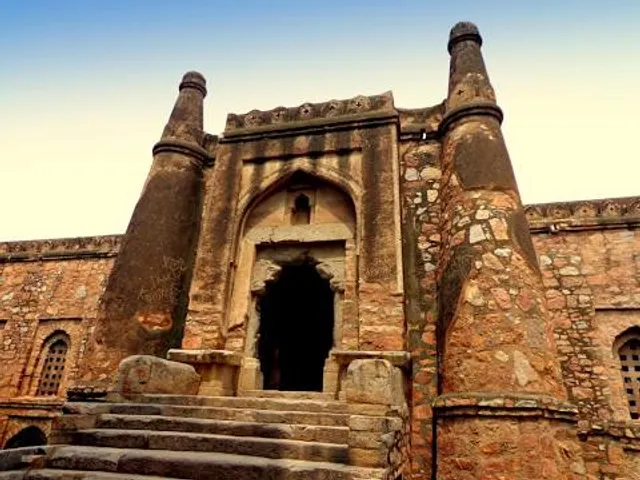
Khirki Masjid
4.1
(319)
Open 24 hours
Click for details
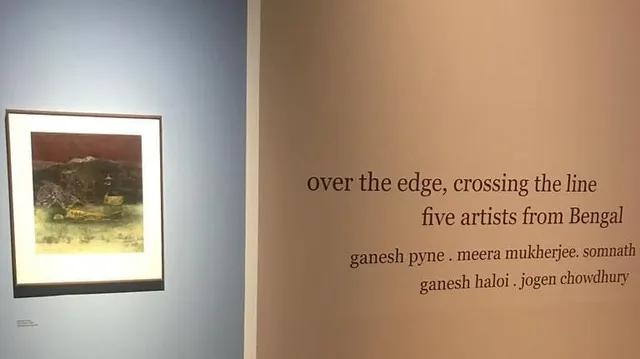
Kiran Nadar Museum of Art
4.4
(528)
Closed
Click for details
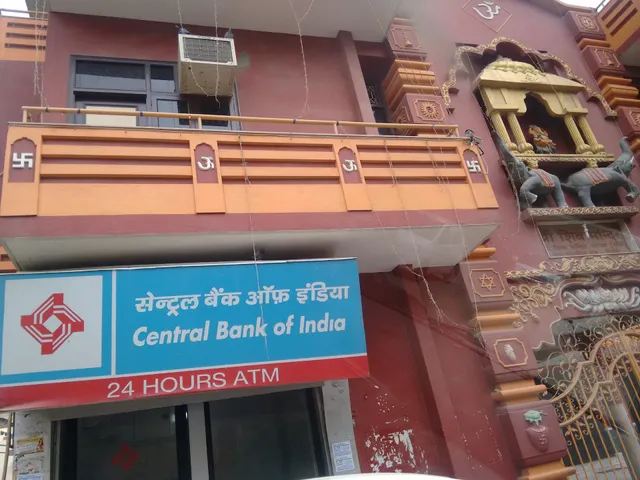
Shri Sai Baba Mandir
4.4
(133)
Open 24 hours
Click for details
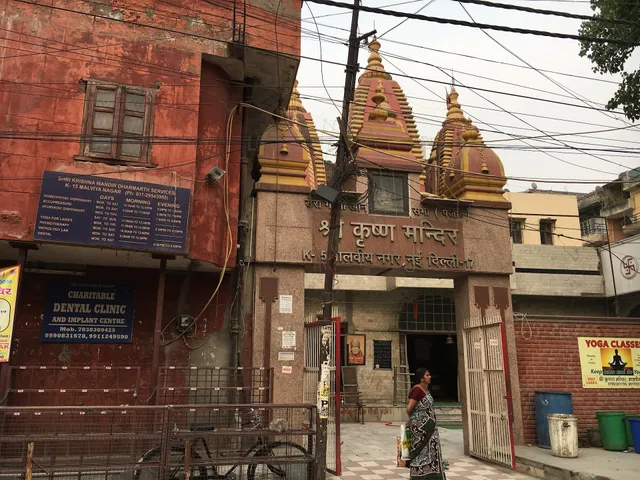
Shri Krishna Mandir
4.4
(625)
Open 24 hours
Click for details
Things to do nearby
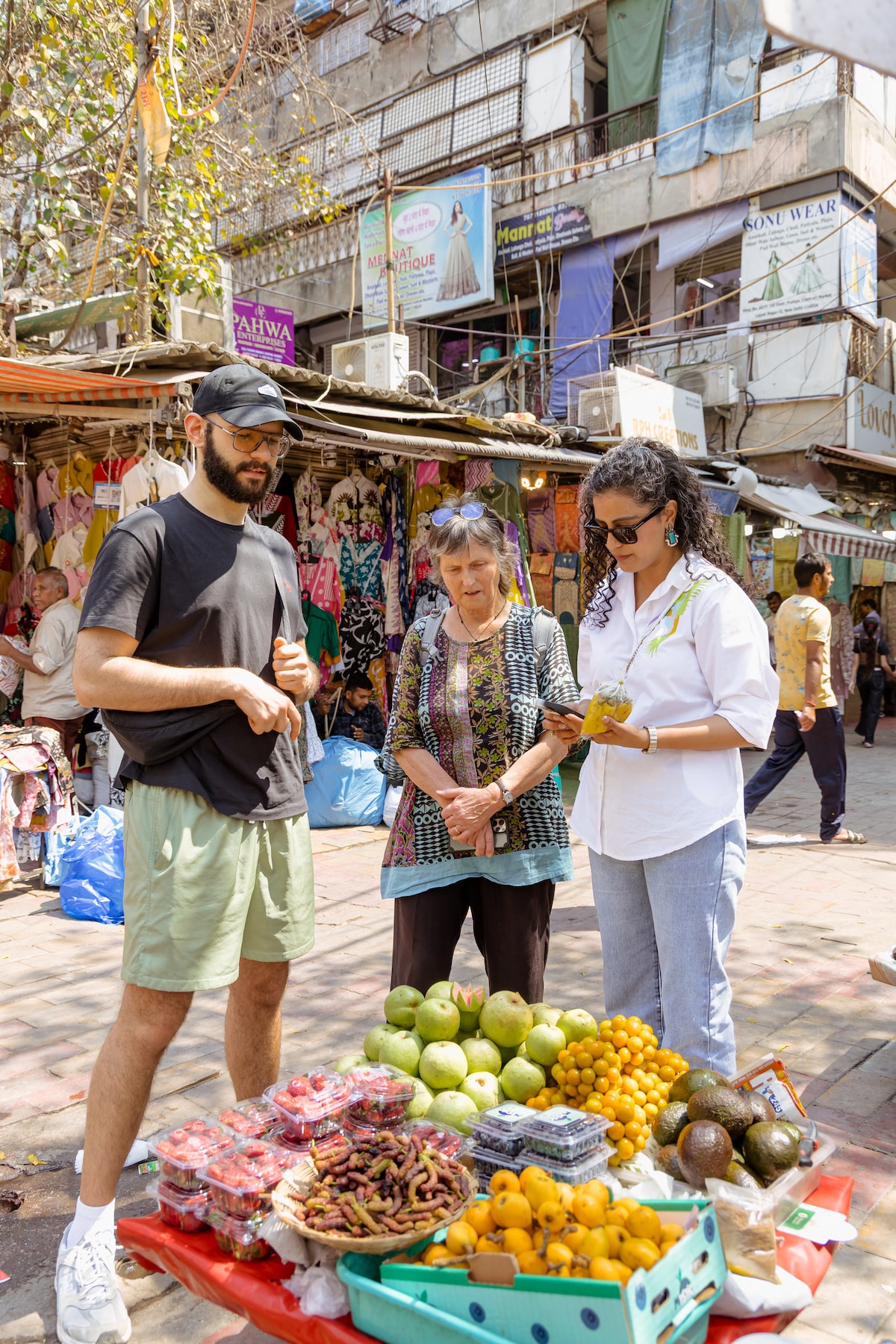
Craft home-style cuisine in Delhi
Fri, Dec 26 • 11:00 AM
New Delhi, Delhi, 110024, India
View details

Chandni Chowk Food Tour with 15-plus tastings
Thu, Dec 25 • 10:30 AM
New Delhi, Delhi, 110006, India
View details
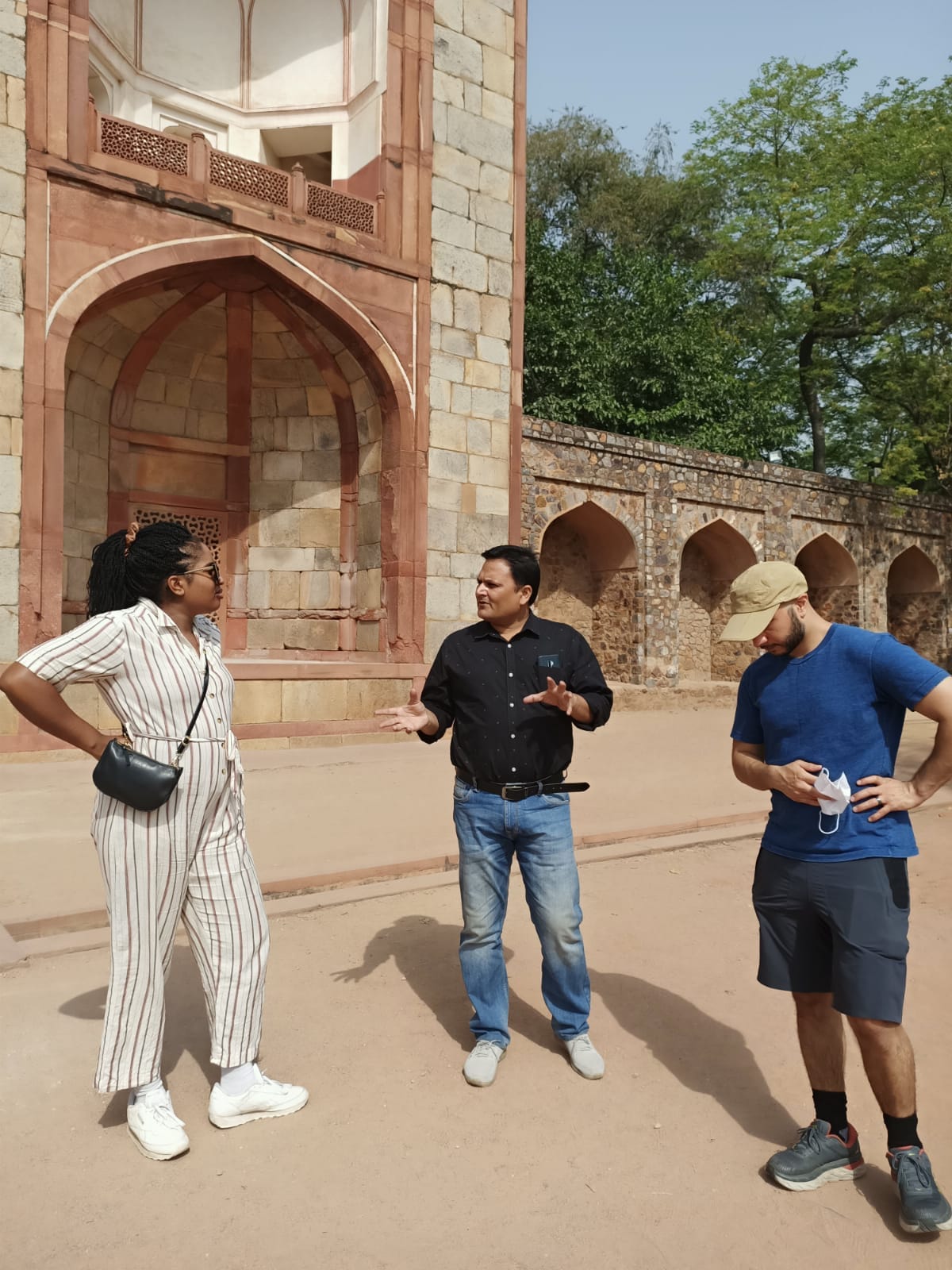
Enjoy the contrasting charms of Old & New Delhi
Thu, Dec 25 • 10:00 AM
New Delhi, Delhi, 110011, India
View details
Nearby restaurants of Satpula, Delhi
The Oriental Wok
Punjab Grill Select Citywalk Mall, Saket
Excuse Me Boss
The illusion lounge n bar
Effingut Brewpub Saket - Savor the best craft brew experience in Delhi!
Barbeque Nation- Southern Park Mall, Saket
Berco's - If You Love Chinese
Hotel Saravana Bhavan
Sushiya Malviya Nagar
Bellissimo Wellness
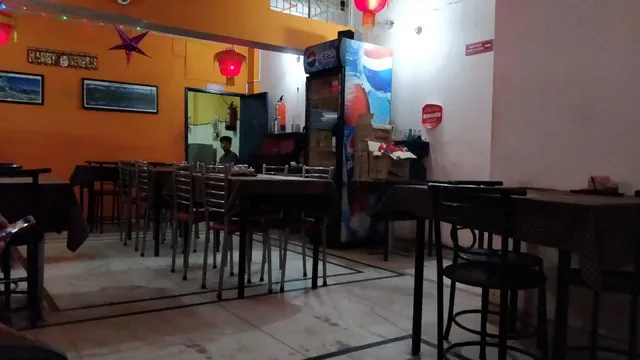
The Oriental Wok
4.3
(217)
Click for details
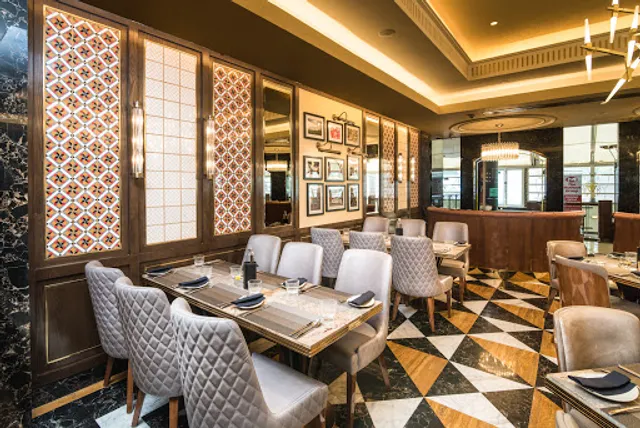
Punjab Grill Select Citywalk Mall, Saket
4.5
(2.3K)
$$$
Click for details

Excuse Me Boss
3.9
(529)
$$$
Click for details
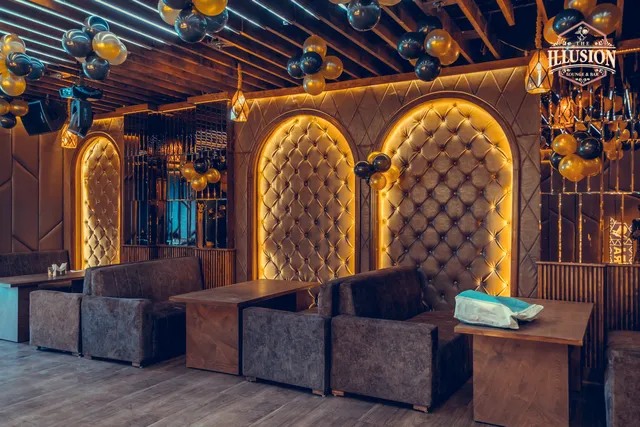
The illusion lounge n bar
3.8
(297)
Click for details



